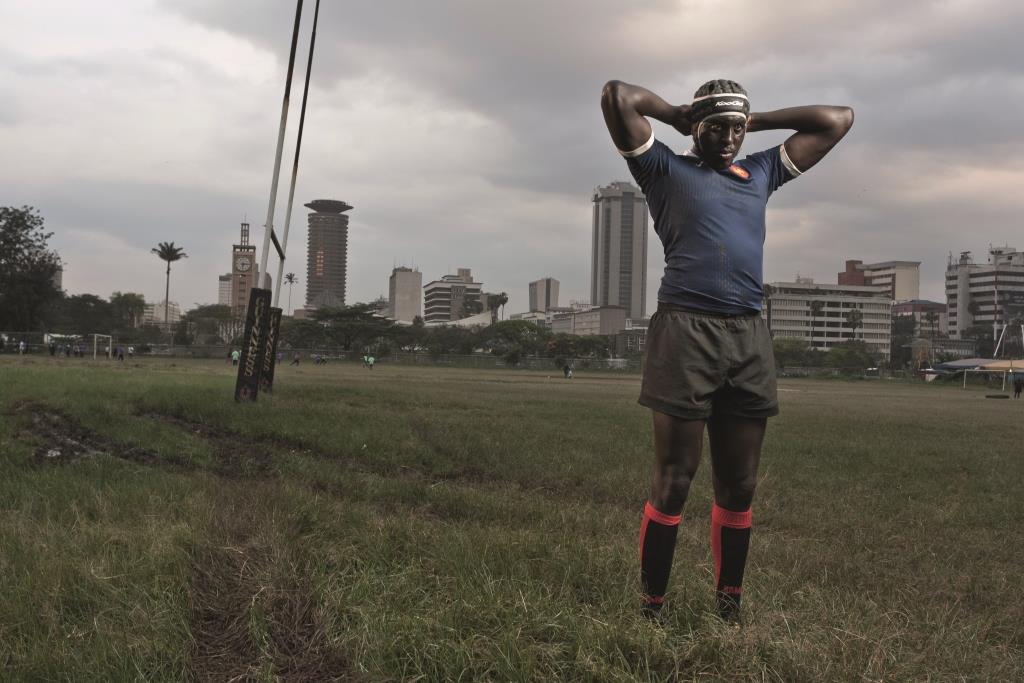It’s been a rotten year for Kenyan rugby—a year soured by defeat and disappointment. On the field, the national team all but gave away the Victoria Cup by losing to Zimbabwe at home and to Uganda away—the latter after leading for most of the game. There was a poor showing in the International Rugby Board (IRB) Sevens, where Kenya finished ninth. Off the pitch, there are more optimistic signs that Kenyans are getting to grips with the game and the money men are not too far behind.
Crowds are growing. In 2007, around 1,000 supporters were watching Kenya play rugby. In July, when Kenya took on Zimbabwe, 6,300 spectators were there. Kenya Rugby Union (KRU) officials said some of the huge interest was a result of sponsorship from an internet service provider—which allowed gate charges to be halved to around $1.

Kayange
There was so much interest that the match had to be moved to the 35,000 capacity Nyayo National Stadium to accommodate the crowd. The player base of around 1,000 players is also widening as more high schools take up the sport. The most prestigious schools trophy, the Prescott Cup, had for long been the preserve of eight elite schools in Nairobi. Now, the league has expanded to accommodate another eight schools in different parts of the country.
Most importantly, more sponsors are willing to offer money to the national team and Kenyan rugby clubs. Kenya Airways, the national carrier, sponsors the Sevens national team; Safaricom, Kenya’s leading mobile phone company, sponsors the Safari Sevens and there are other non-traditional rugby sponsors such as Cadbury and an entertainment group—Homeboyz.
Loading...
Money is not enough, though. “We should get more of the sponsors to support the grassroots development of the sport,” says Humphrey Kayange, the 29-year-old captain of the national Sevens team. Kayange speaks from experience. He went for trials in South Africa two years ago and didn’t make it, but learned a lot about the country’s system of unearthing young talent.
“We need to get our development right if we are to make it to the next World Cup,” he says. “We need to get consistent wins and maybe play outside our traditional opponents.” The secret could be holding Kenya’s young teams together— something that appears to have worked in the rugby Sevens side. The core of the team, which reached the semifinals of the Rugby World Cup Sevens in Dubai in 2009, had been together for about three years. They included Kayange, Collins Injera, Lavin Asego, Innocent Simiyu and Sidney Ashioya. This policy also helped Kenya climb to 33 in the IRB rankings in 2010.
The money followed. Kenya Harlequins reaped one of the game’s most lucrative sponsorship deals, worth about $40,000. The club ploughed the sponsorship money into increasing the number of players to around 90—the largest pool of any rugby club in Kenya. Undoubtedly, the game is in the hands of those who love it, interest is growing and money is flowing in. Maybe for Kenyans watching Kenyan internationals on TV, fighting for the World Cup in 2015 may not be such a pipe dream, after all.

Humphrey Kayange
Loading...
